IPOs are big events in the stock market as by investing in the right company, you stand a chance to earn good returns in the long run. Many IPOs, such as SBI Cards. IRCTC, Ujjivan Small Finance Bank, CSB Bank, got subscribed multiple times, and many retail investors were left disappointed as they didn’t get share allotment. Let’s understand what is IPO? What is IPO process? who are the investors in IPO? How does the allotment in IPO works?
Table of Contents
What is IPO?
Initial Public Offer (IPO), is the first sale of shares by the privately-owned company to the public. After IPO company gets listed on the stock market. Other ways a company can sell shares to the public are the rights issue or private placement.
Companies can raise equity capital with the help of an IPO by issuing new shares to the public or the existing shareholders can sell their shares(OFS offer for sale) to the public without raising any fresh capital.
For example, Zomato IPO in Jul 2021, offered fresh shares of Rs 9000 cr and OFS of Rs 375 crore by Infoedge
Companies must meet requirements by exchanges and the SEBI to hold an initial public offering. For example, startups OYO and Ola lack of profitability is a hurdle to going public.
Before an IPO, a company is considered private. As a private company, the business has grown with a relatively small number of shareholders with early investors like the founders, family, and friends along with professional investors such as venture capitalists or angel investors. Companies that are privately owned are not required by law to disclose detailed financial and operating information in most instances. They enjoy wide latitude in deciding what types of information to make available to the public.
An IPO is a big step for a company. It provides the company access to raising money from the public. But Companies that are publicly owned, on the other hand, are subject to detailed disclosure laws about their financial condition, operating results. Companies only sell a percentage of their shares to the public. For example for IRCTC IPO promoter holding i.e of Govt of India reduced from 100% to 87.40%
| Promoter Holding of IRCTC | |
| Pre Issue Share Holding | 100% |
| Post Issue Share Holding | 87.40% |
The company raises funds through IPO for working capital, debt repayment, acquisitions etc. IPOs may also be used to sell part of earlier investors equity. For example in SBI Cards IPO in Mar 2020 SBI Cards raised Rs 500 crore by selling 0.66 crore shares and Carlyle Group offered up to 13.05 crore shares to raise Rs 9,855 crore. IPOs are usually issued by smaller, younger companies seeking capital to expand, as well as by large privately-owned companies looking to expand & become publicly traded.
When a company lists its securities on a public exchange, the money paid by investors for the newly-issued shares goes directly to the company. This is in contrast to a later trade of shares on the exchange, where the money transfers between buyers and sellers of the stock.
Follow on public offering (FPO) is the public issue of shares for already listed company. An FPO is a stock issue of additional shares made by a company that is already publicly listed and has already gone through the IPO process.
The investor can apply for IPO online through Online Stock Brokers like Zerodha, Upstox, ICICIDirect using ASBA or UPI.
The investor can also apply for IPO Stocks by filling an IPO Application Form. These forms are usually available with stockbrokers for free.
Common IPO Terms
- Exchange: The stock exchange where the IPO shares are proposed to be listed. Most IPO’s are listed on BSE and NSE.
- IPO Open Date / Issue Close Date: Investors can apply in an IPO during the opening and closing date of the IPO process
- Lot Size: The minimum count of shares an investor can apply for in an IPO. A lot size of 100 means that an investor needs to bid for at least 100 shares.
- Issue Price: The price per equity share. There are 2 types of IPO’s, Book Building and Fixed Price IPOs. Book Building IPOs will have a price range, say Rs 120-125 and investors need to bid within the price range. Fixed price issue has a specific price to bid.
- Issue Size: The total monetary value of the IPO. It is arrived by multiplying the number of shares offered by the company with the issue price per share.
- ASBA (Application Supported by Blocked Amount) is a way to apply in IPO by simply blocking the fund in the bank account.
- RHP: Red Herring Prospectus is SEBI approved IPO prospectus document, Example of RHP of IRCTC IPO and DRHP of IRCTC IPO,
IPO process
The steps generally involved in the IPO in Indian Stock market are given below. Please visit SEBI website, stock exchange website or consult an expert for most current information about IPOs
A company planning to go for an IPO will select financial institutions(Lead Managers, Registrar, Banks) to do due diligence, document preparation, filing, marketing, and issuance. The company will also choose an exchange in which the shares will be issued and subsequently traded publicly. When a company decides to go public it appoints Lead manager(s) which are independent financial institutions. Companies may appoint more than one lead manager to manage big IPO’s. They are known as Book Running Lead Manager(BRLM) and Co Book Running Lead Managers.
The Lead managers responsibilities are to initiate the IPO processing, help the company in roadshows, creating draft offer document and get it appoved by SEBI and stock exchanges and help the company to list shares in the stock market. In Book Building Issue, IPO allotment completes within 6 days of IPO subscription closing date.
Responsibility of a registrar in an IPO involves the processing of IPO applications, allocating shares to applicants based on SEBI guidelines, processing refunds through electronically or cheque and transfer allocated shares to investors Demat accounts.
- Issuer Company – IPO Process Initialization
- Appoint lead manager as book runner.
- Appoint registrar of the issue.
- Appoint syndicate members.
- Lead Manager’s – Pre Issue Role – Part 1
- Prepare draft offer prospectus document for IPO.
- File draft offer prospectus with SEBI.
- Roadshows for the IPO.
- SEBI – Prospectus Review
- SEBI review draft offer prospectus.
- Reverts it back to Lead Manager if need clarification or changes (Step 2).
- SEBI approves the draft offer prospectus, the draft offer prospectus becomes Offer Prospectus.
- Lead Manager – Pre Issue Role – Part 2
- Submit the Offer Prospectus to Stock Exchanges, registrar of the issue and get it approved.
- Decide the issue date & issue price band with the help of Issuer Company.
- Modify Offer Prospectus with date and price band. The document is now called Red Herring Prospectus. (RHP)
- Red Herring Prospectus & IPO Application Forms are printed and posted to syndicate members; through which they are distributed to investors.
- Investor – Bidding for the public issue
- Public Issue Open for investors bidding.
- Investors fill the application forms and place orders to the syndicate members (syndicate member list is published on the application form).
- Syndicate members provide the bidding information to BSE/NSE electronically and bidding status gets updated on BSE/NSE websites.
- Syndicate members send all the physically filled forms and cheques to the registrar of the issue.
- Investor can revise the bidding by filling a form and submitting it to Syndicate member.
- Syndicate members keep updating stock exchange with the latest data.
- Public Issue Closes for investors bidding.
- Lead Manager – Price Fixing
- Based on the bids received, lead managers evaluate the final issue price.
- Lead managers update the Red Herring Prospectus with the final issue price and send it to SEBI and Stock Exchanges.
- Registrar – Processing IPO Applications
- Registrar receives all application forms & cheques from Syndicate members.
- They feed applicant data & additional bidding information on computer systems.
- Send the cheques for clearance.
- Find all bogus application.
- Finalize the pattern for share allotment based on all valid bids received.
- Prepare ‘Basis of Allotment‘.
- Transfer shares in the demat account of investors.
- Refund the remaining money
- Lead manager – Stock Listing
- Once all allocated shares are transferred in investors Demat accounts. Lead Manager with the help of Stock Exchange decides Issue Listing Date.
- Finally, shares of the issuer company gets listed in the Stock Market.
Timeline of IRCTC IPO
DRAFT RED HERRING PROSPECTUS: August 21, 2019
RED HERRING PROSPECTUS: September 24, 2019
Investors in IPO
There are many types of investors in IPO as given below. The three regular categories of QIB(Qualified Institutional Buyers), NII(Non-institutional investors), and RII(Retail individual investors) investors are offered a specific number of shares in an IPO, which is determined by the company. The combined number of shares to these three categories forms the core of the offer and called Net Offer. Any shares offered to employees and shareholder in parent company are offered over and above this Net Offer without impacting the shares available for retail and other investors. The rules of allotment of shares in IPO are different based on the type of investors.
Retail individual investors (RII)
- In the retail individual investor category, investors can not apply for more than Rs two lakh (Rs 2,00,000).
- Resident Indian Individuals, NRIs and HUFs who apply for less than ₹2 lakhs in an IPO under RII category.
- Not less than 35% of the Offer is reserved for RII category.
- RII category allows bid at cut-off price.
- Retail bidders are permitted to withdraw their bids until the day of allotment.
- Allotment:
- If IPO doesn’t get over-subscribed in RII Category, full allotment to all applicants.
- If IPO is oversubscribed in RII category.
- For small over-subscription, each successful applicant would first be allotted 1 lot of shares and the balance shares shall be allotted proportionately
- If the over-subscription is so large that each successful applicant cannot even be allotted 1 lot of shares, then 1 lot is allotted by lucky draw using a computer.
Non-institutional investors (NII)
- Individual investors, NRI’s, companies, trusts etc who bid for more than Rs 2 lakhs are known as Non-institutional bidders.
- High Net-worth Individual (HNI) who applies for over ₹2 Lakhs in an IPO falls under this category.
- Resident Indian individuals, Eligible NRIs, HUFs, companies, corporate bodies, scientific institutions, societies and trusts who apply for than ₹2 lakhs of IPO shares fall under NII category.
- NIIs don’t have to register with SEBI.
- Not less than 15% of the Offer is reserved for NII category.
- Non-institutional bidders are permitted to withdraw their bids until the day of allotment.
- NII’s are not eligible to bid at cut-off price.
- Allotment is Proportionate. For example, if the IPO is subscribed 100 times in NII category, investors who applied for 100 shares will get 1 share.
Qualified Institutional Buyers(QIB)
- Financial Institutions such as Banks, FII’s, Insurance Companies and Mutual Funds who are registered with SEBI are called QIB’s. They usually apply in very high quantities.
- 50% of the Offer Size is reserved for QIB’s
- QIB’s are prohibited by SEBI guidelines to withdraw their bids after the close of the IPOs.
- QIB’s are not eligible to bid at cut-off price.
- Allotment is Proportionate.
Employees and Share Holders
- Shares reserved for employees and shareholders in the parent company.
- Reservation for both these categories is offered over and above the shares registered for retail investors.
- Maximum application size under shareholder or employee reservation is often bigger which implies higher allotment in case of under-subscription. While offer-specific details will be available in IPO prospectus, it is observed that SEBI allows applications up to Rs 5 lakh 5,00,000 (net of discount, if any) under employee category while shareholders can bid for the entire reservation portion.
- if investors plan to place two applications under retail and shareholder quota, both applications need to be individually less than Rs 200,000. Effectively, an application above Rs 200,000 in the shareholder quota with an application in the retail quota will be considered multiple bids, and therefore, will be rejected.
- When it comes to the allotment, bid amount of up to INR200,000 (net of discount, if any) only is considered in the first instance. In the event of under-subscription, the unsubscribed portion will be available for allotment, proportionately to all eligible investors who had bid in excess of INR200,000. It is not often that shareholder category will see under-subscription in the IPOs of well-run companies.
- For example is HDFC Standard Life Insurance IPO where HDFC shareholders had a reservation but the category was subscribed only 29%.
Anchor Investors
- Anchor investors are institutional investors(QIB) who are invited to subscribe to the shares, minimum of Rs 10 crores, before the Initial Public Offers (IPOs) opens at a fixed price to make other investors confident and improve the demand of the share
- As the name suggests, they are supposed to ‘anchor’ the issue by agreeing to subscribe to shares at a fixed price so that other investors may know that there is demand for the shares offered.
- Each anchor investor needs to invest a minimum of Rs 10 crore in the issue
- The anchor investor who apply for the anchor quota surely gets guaranteed allotment. The allotment is done a day before an IPO opens.
- The anchor investor is not allowed to sell his/her share for at least 30 days after the allotment. Investors who want to flip shares on the listing are advised not to use this anchor route.
- It was introduced by the Securities Exchange Board of India (SEBI) in 2009.
- Book built IPOs are supposed to have a 50 per cent reservation for qualified institutional buyers (QIBs). Up to 30 per cent of the total issue size can be allotted to anchor investors. No merchant banker, promoter or their relatives can apply for shares under the anchor investor category. In offers of size less than ₹250 crore, there can be a maximum of 15 anchor investors, but in those over ₹250 crore, SEBI removed the cap on number of anchor investors. Now, there could be 10 additional investors for every extra ₹250 crore allocation, subject to minimum allotment of ₹5 crore per anchor investor.
- Examples of Anchor Investors and their influence on IPO
- IndiaMart InterMesh, an online marketplace for business products and services, raised more than Rs 213 crore from 15 anchor investors by allotting 21,95,038 equity shares at a price of Rs 973, the upper band of its IPO that opened on 24 June 2019.
- The mobile marketing company Affle (India) allotted 2,772,483 equity shares at Rs. 745 per share amounting to Rs. 206.55 crore to 15 Anchor Investors, including Aberdeen and Franklin Templeton in Jul 2019.
- Prabhat Dairy’s offer failed to draw anchor investors as the price was at a sizeable premium to listed peers and there were challenges in growing the business.
- In the case of Adlabs Entertainment IPO too, anchor investors had bid at the lower end of the price band. In the public issue which opened a day later, poor retail response forced the company to lower its price band to get subscribed.
How to apply for IPO online
Go to your demat account website.
Once you select an IPO to apply for, you’ll see all the details of the offer, like open date, close date, issue size, lot size, and (D)RHP.
Place your bid(s). Select the investor type for your application. While placing the bids, only quantity that is a multiple of the lot size is allowed. If you wish to apply at the cut-off price, simply click on the checkbox next to ‘Cutoff-price’. If you want to place a bid at a different price, you can do so by entering a price in the ‘Price’ field.
Once you’ve completed all these steps, click on the checkbox to confirm that you have read the issue size, lot size, and DRHP and click on submit.
What is meant by oversubscription in IPO?
An IPO is considered to be oversubscribed when there are more people willing to buy shares than the total number of shares that are available.
Let us say a company comes up with an IPO that offers 10 lakh shares to Retail Investors and 50,000 investors apply for 100 shares each – the total requirement here is 50 lakh shares whereas there are only 10 lakh shares available. Hence the issue is said to be oversubscribed by 5 times in the Retail Investor segment.
Example of IRCTC IPO
IPO of IRCTC had a Net Offer of 20,000,000 shares with the reservation for QIB (50%), NII (15%) and Retail investors (35%). In addition, the company earmarked 160,000 shares for allotment to its eligible employees which increased the offered size to 20,160,000 shares.
- IRCTC IPO was an IPO of 20,160,000 equity shares of the face value of ₹10 aggregating up to ₹645.12 Crores.
- The minimum order quantity is 40 Shares per application. ie IPO Lot Size: 40
- Offer type was Book Built Issue. The issue price of the IPO was ₹315 to ₹320 Per Equity Share.
- The IPO opened on Sep 30, 2019, and closed on Oct 3, 2019.
- Listing At BSE, NSE
Example of Allotment status of IRCTC IPO
Lets recap, For small over-subscription, each successful applicant would first be allotted 1 lot of shares and the balance shares shall be allotted proportionately
If the over-subscription is so large that each successful applicant cannot even be allotted 1 lot of shares, then as per SEBI that the lots shall be allotted on a lucky draw basis. The lucky draw process is computerised so there is no partiality.
Example of Allotment status of IRCTC IPO for Retail Investors was as follows. As it was oversubscribed irrespective of the number of lots applied only 1 lot was issued.
Video on IPO Allotment
Difference between Primary and Secondary Market
When a company decides to go public for the first time by offering an Initial Public Offering (IPO), it is done in the primary market.
The secondary market is the place where investors and traders trade in securities. This is done after the Initial Public Offer (IPO) is over and the shares are sold in the primary market. In the secondary market, you can find a lot of different investment products such as equity shares, preference shares, debentures, bonds, treasury bills and so on
| Primary market | Secondary market | |
| Also called as | New Issue Market (NIM) | After Issue Market (AIM) |
| Role of the market | Market where stocks are issued for the first time | Market where stocks are traded once issued |
| Intermediaries | Investment banks | Brokers |
| Sale of securities | Directly by companies to investors | Sold and purchased amongst investors and traders |
| Price of shares | Fixed at par value | Changes depending on the supply and demand of shares |
Difference between Fixed Price process and Book Build Process in IPO
Initial Public Offering(IPO) can be made through the fixed price method, book building method or a combination of both.
Difference between shares offered through book building and offer of shares through normal public issue (Source: BSE):
|
Features |
Fixed Price process |
Book Building process |
| Pricing | Price at which the securities are offered/allotted is known in advance to the investor. | Price at which securities will be offered/allotted is not known in advance to the investor. Only an indicative price range is known. |
| Demand | Demand for the securities offered is known only after the closure of the issue. | Demand for the securities offered can be known everyday as the book is built. |
| Payment | Payment if made at the time of subscription wherein refund is given after allocation. | Payment only after allocation |
First IPO
The Dutch are credited with conducting the first modern IPO in 1602 by offering shares of the Dutch East India Company to the general public. Commonly known as “VOC,” for its Dutch name Vereenigde Oost-Indische Compagnie, the spice company thrived mainly due to its monopolistic hold over the East Indies.
Investors ran the risk of unprofitable voyages due to unpredictable success of voyage and unpredictable spice supplies.
From 1602 to 1696, the company paid a regular dividend that yielded from 12% to 63%. In 1634, VOC ships carrying tulip bulbs triggered the infamous tulip bulb craze, ultimately resulting in a market crash. Despite radical volatility that saw share price spike 1,200% from the IPO price, then plummet 300%, the company managed to weather the crash.
At the height of its success, VOC boasted 40 warships, 150 trading vessels, 10,000 professional soldiers, plus countless employees and subjects. Competition eventually eroded VOC’s monopolistic hold, and in 1800, just shy of its 200th year, VOC was formally dissolved.
Related Articles:
All About Investing in India: PPF ,Fixed Deposits, Mutual Funds, NPS, Stocks
- Stock exchange : What is it, Who owns, controls
- Stock Market Index: The Basics
- Blue Chips Stocks and Penny Stocks
- About Buyback of Shares: Types, process, why
Do you invest in IPOs?
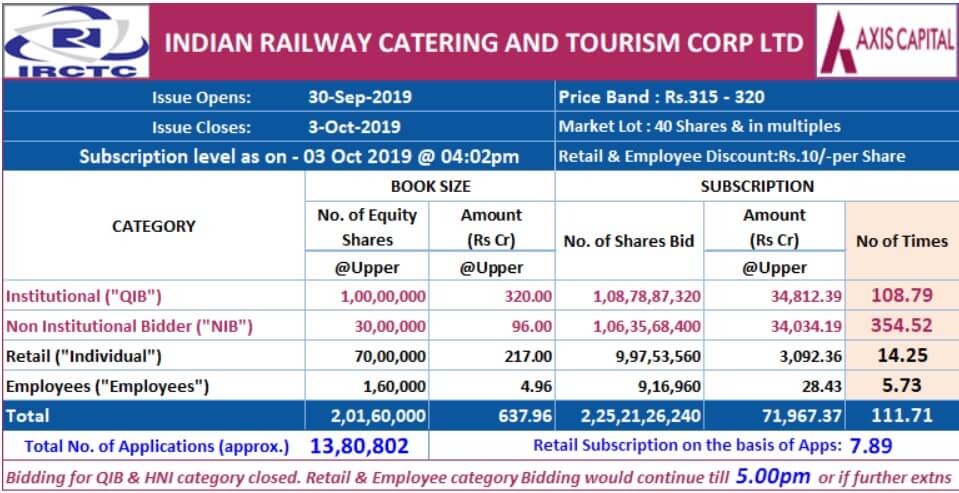
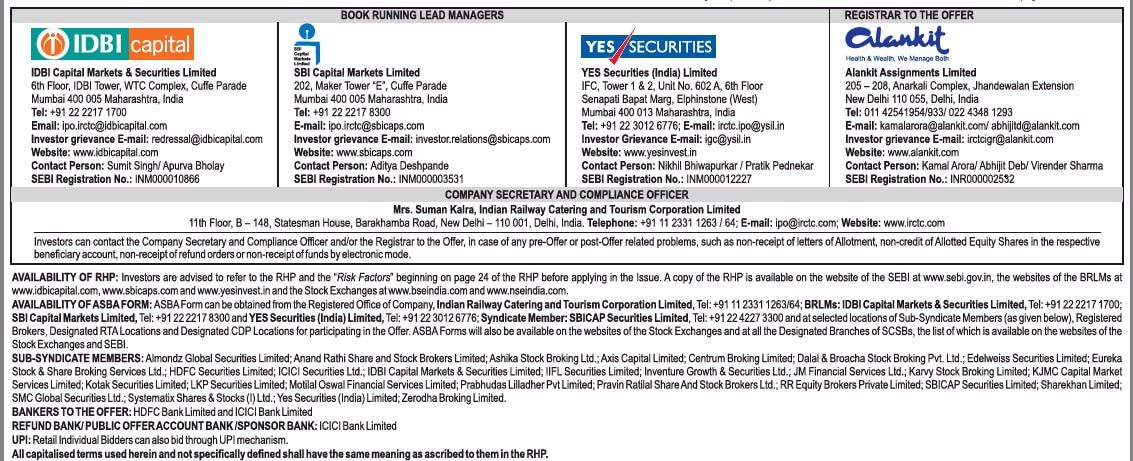
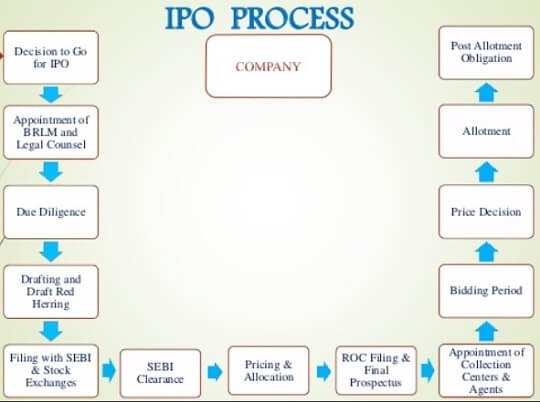

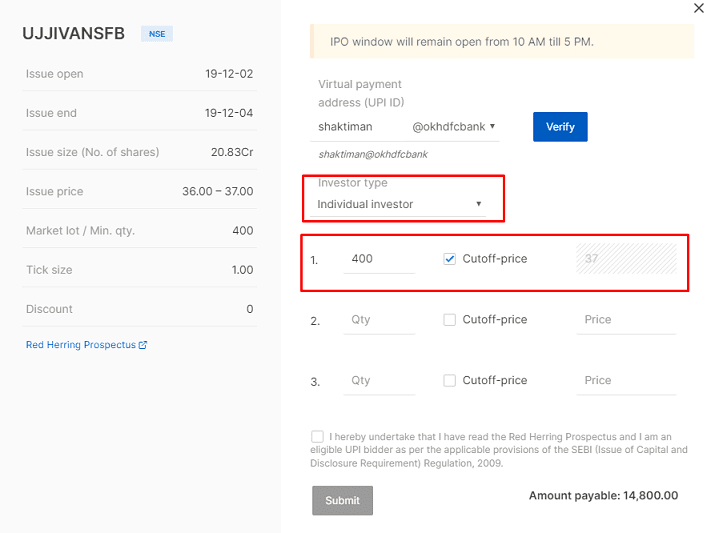
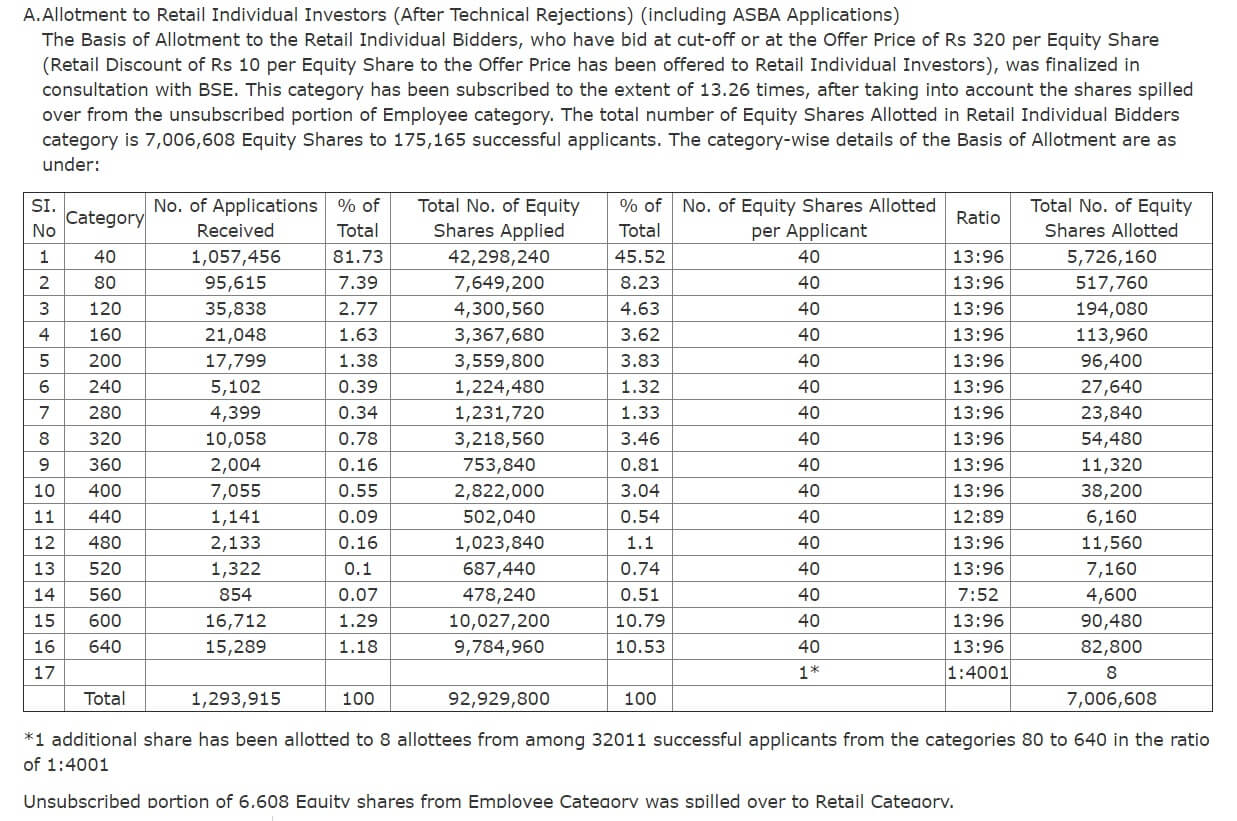




Trackbacks/Pingbacks